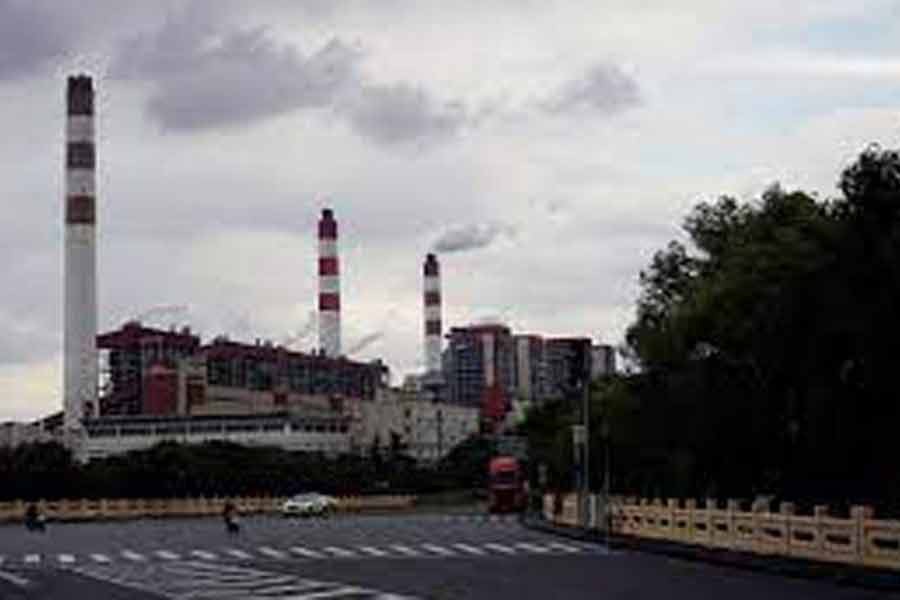China flagged on Wednesday it is targeting a 1.8 per cent reduction in average coal use for electricity generation at power plants over the next five years, in a bid to lower greenhouse gas emissions.
The target, announced by China's economic planner, the National Development and Reform Commission (NDRC), comes as the world's top climate negotiators have gathered in Scotland for the COP26 climate talks. Average coal use for electricity generation in China fell by about 17.4 per cent in the 15 years till 2020, reports Reuters.
NDRC's statement did not refer to the UN event, which Chinese President Xi Jinping is not attending and offered no additional pledges in a written response.
By 2025, coal-fired power plants in China must adjust their consumption rate to an average of 300 grams of standard coal per kilowatt-hour (kWh), NDRC said on Wednesday. That compares to 305.5 grams per kWh in 2020.
"Further promoting the energy-saving and consumption reduction at coal-fired power units is an effective means to improve energy efficiency and is of great significance for achieving carbon emission peak in the power industry," the NDRC said.
China, the world's biggest source of climate-warming greenhouse gases, has vowed to bring its carbon emissions to a peak before 2030 and to achieve carbon neutrality by 2060.
Last week, China published a roadmap on the peak carbon target, aiming to reduce waste, promote renewables and unconventional fuel as well as reform its electricity network.
Carbon dioxide (CO2) emissions from the power generation and heating sectors account for more than 40 per cent of total CO2 emissions in China.
Average coal use for power generation in China is down now compared with 370 grams per kWh in 2005.
"The reduction of coal use helped to cut 6.67 billion tonnes of CO2 emissions from the power sector in 2006-2020, or 36 per cent of total emission reductions in the industry," NDRC said.
China's powerful NDRC is in charge of crafting policies on economic development for the country, with plans and orders issued by the agency expected to be carried out by local and regional authorities.
"China has built a lot of coal-fired projects and is very good at constructing coal plants and making them efficient, which means we have picked up pretty much all low hanging fruit of making existing coal feeds very efficient," said Li Shuo, senior climate adviser with Greenpeace in Beijing.
The NDRC also mandated that new power plant projects adopt ultra-supercritical units that consume coal at an average rate below 270 grams per kWh. It also said that new water-cooling units in power plants that use more than 285 grams per kWh and air-cooling units that consume more than 300 grams per kWh will not be allowed.
Further, power plants with average coal use above 300 grams per kWh that cannot be upgraded for energy efficiency improvement will be gradually shut down, NDRC said.
"The level of coal use is already set once it is launched unless plants invest huge money to upgrade it. So China's average efficiency target could be slowed to achieve if there are no new units with higher efficiency continuing to join the power fleet," said Zhang Shuwei, a director at Draworld Energy Research Centre.
But Zhang also said that Chinese coal-fired power plants would welcome the government policy as reducing coal use would help lower input cost.
China's thermal coal prices surged nearly 190 per cent this year, causing drastic losses at power plants and a widespread power outage before Beijing rolled out a raft of measures to tame prices.
China is also aiming to upgrade 200 GW of coal-fired power plant capacity in 2021-2025 to give its power system, where an increasing portion of renewable energy is being used, the flexibility to switch sources.
NDRC also said it will guide financial institutions to offer more credit support to energy savings projects at coal-fired power plants and will improve power market mechanisms to benefit coal-fired power units that have completed the upgrade.


